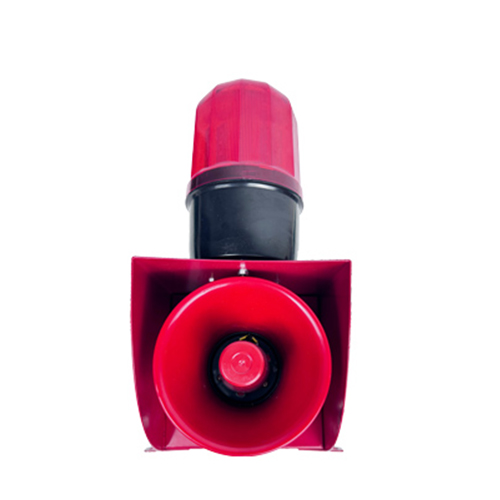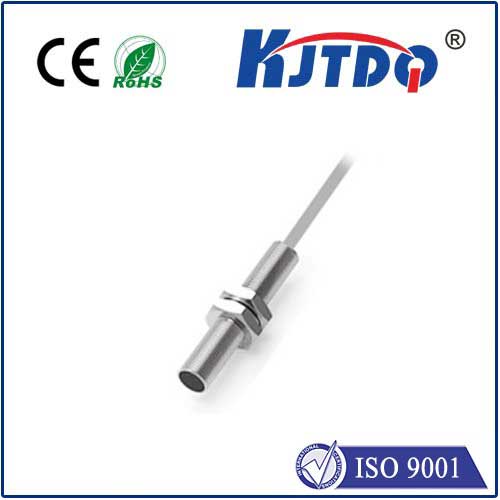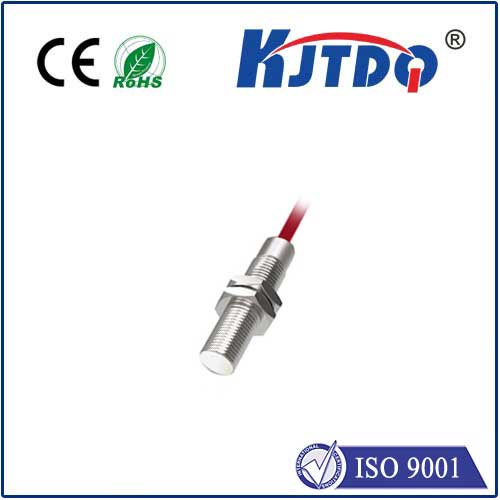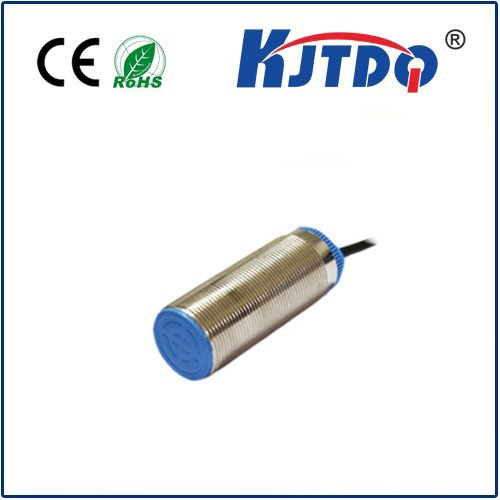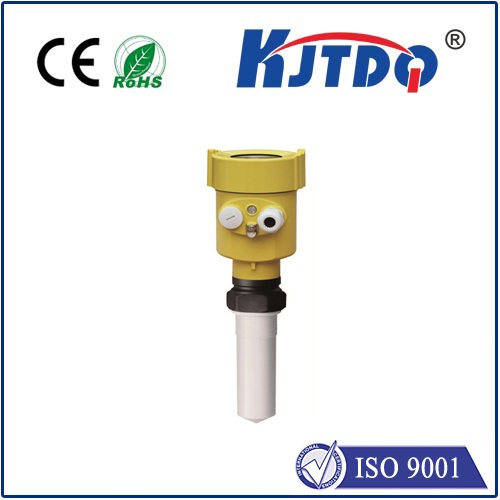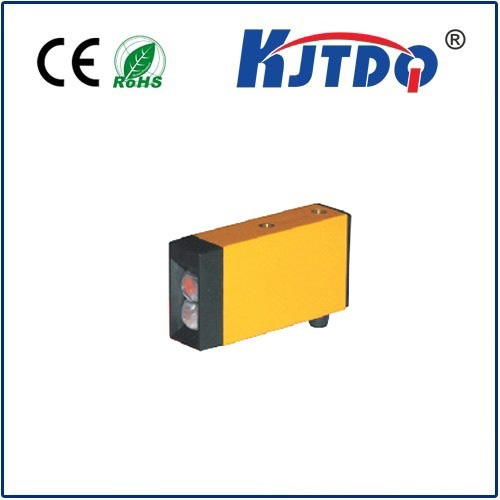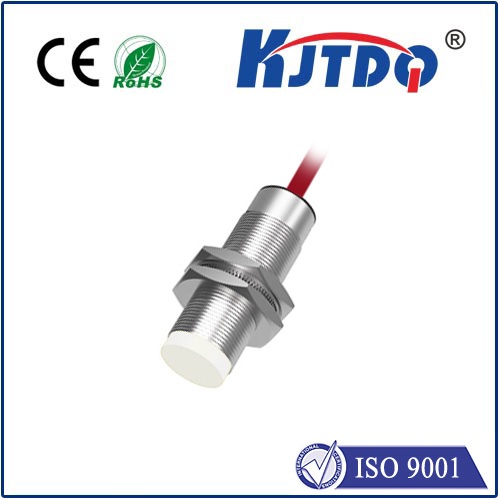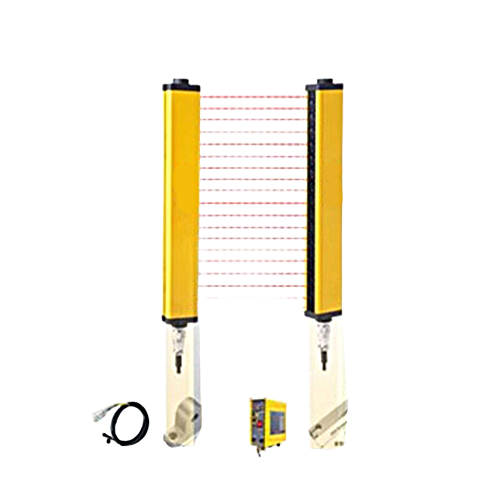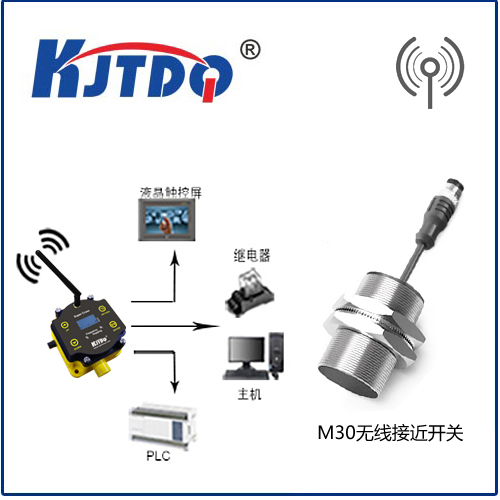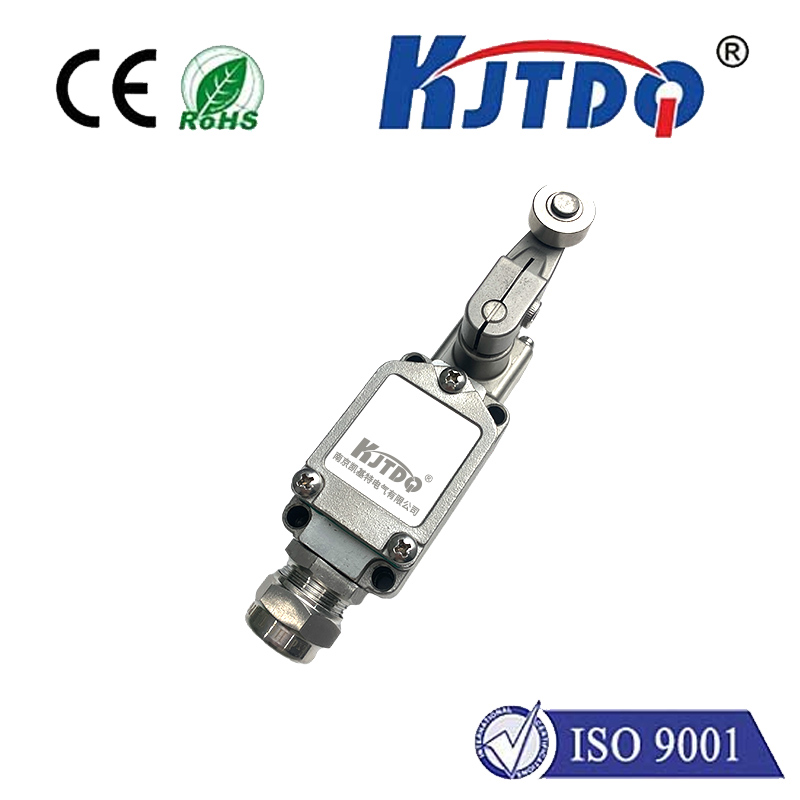BES02L6 proximity sensor
- time:2025-10-15 02:36:20
- Click:0
The Indispensable Role of the BES02L6 Proximity Sensor in Modern Technology
Imagine your smartphone screen dimming instantly when held to your ear during a call – a small, unseen guardian preventing accidental touches and saving precious battery life. Or picture a complex industrial robot arm gliding smoothly to a halt millimeters before contacting a delicate component. At the heart of these seamless, intelligent interactions lies a critical component: the proximity sensor. And within this vast category, the BES02L6 proximity sensor stands out as a reliable solution engineered for demanding applications where precision and dependability are paramount.
Understanding the Essential Tech: What is a Proximity Sensor?
Fundamentally, a proximity sensor is a non-contact device designed to detect the presence or absence of an object within a defined range without physical touch. It achieves this by emitting an electromagnetic field, beam, or other signal (like infrared light) and detecting changes in that signal or the return signal reflected off the target object. This ability makes them invaluable for tasks like object detection, position sensing, counting, and enabling touchless control in myriad devices.
Key Advantages Driving Adoption:

- Non-Contact Operation: Eliminates mechanical wear and tear, significantly enhancing longevity and reliability in high-cycle applications.
- High-Speed Detection: Capable of detecting objects at incredibly fast speeds, crucial for automation and production lines.
- Environmental Resilience: Many types, including industrial-grade sensors like the BES02L6, are built to withstand harsh conditions – dirt, dust, moisture, oils, and temperature fluctuations.
- Versatility: Available in various sensing technologies (inductive, capacitive, photoelectric, ultrasonic) and form factors to suit countless applications.
Spotlight on the BES02L6: Engineered for Performance
While specific technical specifications can vary slightly depending on the manufacturer implementing the BES02L6 designation, this model typically refers to an inductive proximity sensor. These sensors excel at detecting metallic objects (especially ferrous metals like iron and steel) by generating an electromagnetic field. When a metal target enters this field, it induces eddy currents within the target, causing a measurable change in the sensor’s own oscillation circuit, triggering the output signal.
- Core Strengths of the BES02L6 Proximity Sensor:
- Industrial-Grade Reliability: Designed specifically for the rigors of factory automation, machinery, and control systems. It exhibits robust construction, often featuring IP67-rated (or higher) ingress protection, making it resistant to dust and temporary water immersion.
- High Switching Frequency: Enables detection of rapidly moving objects on conveyor belts or rotating machinery – a critical requirement for modern high-speed manufacturing.
- Precise Sensing Range (Sn): Provides a defined and consistent detection distance (e.g., 2mm, 4mm, 8mm), ensuring accurate positioning and reliable operation. This repeatability is vital for automated processes.
- Electrical Compatibility: Typically operates on a DC voltage supply (commonly 10-30V DC) and provides digital outputs (PNP or NPN transistor switching outputs), easily interfacing with Programmable Logic Controllers (PLCs), counters, and other control systems.
- Long Service Life: The lack of moving parts and sealed construction contribute to an exceptionally long operational lifespan, minimizing maintenance and downtime costs.
- Resilience in Electrically Noisy Environments: Inductive sensors like the BES02L6 are generally less susceptible to interference from surrounding electrical noise compared to some other sensing technologies.
Where Does the BES02L6 Proximity Sensor Excel? Applications Galore
The combination of robustness, precision, and non-contact detection makes the BES02L6 proximity sensor indispensable across numerous industries:
- Factory Automation & Robotics: Detecting the presence/position of parts on conveyors, verifying end-of-arm tooling positions, confirming cylinder piston position (end-of-stroke detection), monitoring tool changes, and safeguarding robots by ensuring safe distances.
- Packaging Machinery: Counting products, verifying cap presence on bottles, detecting filled vs. unfilled containers, and controlling label application.
- Material Handling: Monitoring pallet positions, detecting objects on elevators or lifts, and confirming door/gate closure status for safety interlocks.
- Automotive Manufacturing: Verifying component placement (e.g., pistons, bearings), detecting metal parts during assembly, monitoring spindle position, and ensuring fixtures are correctly loaded.
- Machine Tools: Tool breakage detection, workpiece presence confirmation, chuck clamping verification, and position feedback for slides or spindles.
- Building Automation: Elevator car positioning, door open/close detection for access control, and ventilation damper position monitoring.
- Consumer Electronics (Embedded Use): While often smaller form factors dominate here, similar inductive sensing principles (sometimes implemented within ASICs) detect lid closure or accessory connection in devices.
Beyond the BES02L6: Choosing the Right Sensor
While the BES02L6 is a powerful choice for metallic object detection, it’s crucial to select the right sensor technology for the job:
- Capacitive Sensors: Detect both metallic and non-metallic objects (plastics, liquids, wood, granular materials) but typically have shorter ranges and are more sensitive to environmental changes.
- Photoelectric Sensors: Detect objects over longer distances using light beams, suitable for diverse materials but can be affected by ambient light, color, reflectivity, and opacity.
- Ultrasonic Sensors: Detect solid objects and liquids over medium to long ranges, unaffected by color or transparency, but sensitive to temperature changes and sound-absorbing materials.
The BES02L6 proximity sensor, as a representative of high-performance inductive sensors, remains the go-to choice when the primary task involves reliably detecting metallic objects in challenging industrial environments.
The Unseen Enabler
From the intricate ballet of robotic arms on a car assembly line to the simple, reliable operation of a vending machine, proximity sensors like the BES02L6 perform critical functions silently and efficiently. Their ability to provide non-contact, reliable detection forms the bedrock of countless automated processes and safety systems. Understanding how they work and where they excel – particularly the industrial-grade reliability demonstrated by models like the BES02L6 – is key for engineers, technicians, and designers seeking to build smarter, safer, and more efficient machines and systems. They are the unsung heroes enabling the seamless interaction between the physical and digital worlds.






